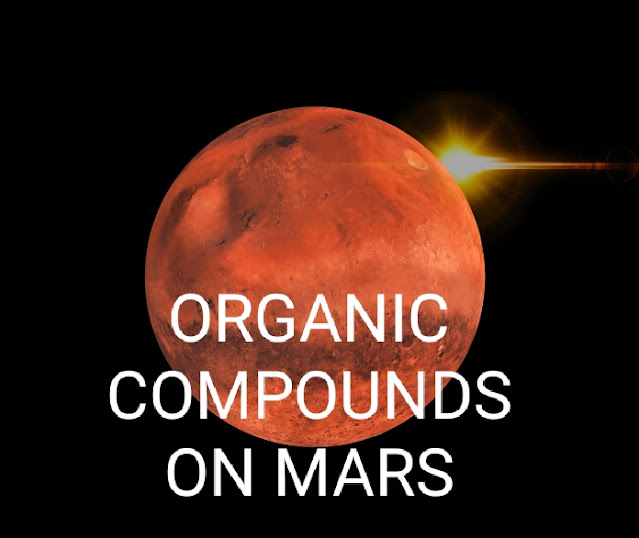PLANET URANUS
Uranus is the seventh planet from the Sun in our Solar System. It is the third largest planet in our Solar System in terms of diameter and fourth in terms of mass. Mass of Uranus is 14.5 times greater than Earth. Average density of Uranus if very less than Earth because Earth is made up of rocky material and Uranus is a gas giant. Its name is a reference to the Greek God of the sky, Uranus, who according to Greek mythology who was the great-grandfather of Ares (Mars), grandfather of Zeus (Jupiter) and father of Cronus (Saturn).
Although Uranus can be seen without using a telescope with naked eye.It is so far from the Earth with a very low amount of brightness that the ancient scholars were not ready to accept it as a planet, they used to think that this is a star which is very far from our Solar System. Finally on 13 March 1781, William Harshel discovered Uranus as a planet, and it was the first planet discovered using binoculars.
Uranus is one of the four Gas Giants of our Solar System and because it's made up of gas instead of rocky material, its size is very large. Uranus is very much similar in Composition with Neptune. As compared to Jupiter and Saturn, Uranus and Neptune consists more ice in their atmosphere– which contains mainly water ice and some amount of ammonia and methane ice and some traces of hydrocarbons. It has the coldest Planetary atmosphere in the Solar System, with a minimum temperature of 49 K and has a complex, layered cloud structure with water thought to make up the lowest clouds and methane the uppermost layer of clouds. The interior of Uranus is mainly composed of ices and rocks.
Physical Characteristics
Mass of Uranus is 14.5 times than that of the Earth, making it the least massive of the Gas planets. Its diameter is slightly greater than Neptune and is 4 times of the Earth's. Resulting density of 1.27gm/cm³ makes Uranus the least dense planet after Saturn.
Standard model of Uranus states that it is made up of 3 layers: a rocky (silicate/iron-nickel) core in the centre, an icy mantle in the middle and an outer gaseous hydrogen/helium envelope. Core is smaller that expected with a mass of 55% of Earth's and radius less than 20% of Uranus', the mantle comprises its bulk, with around 13.4 Earth masses, and the upper atmosphere is relatively insubstantial, weighing about 0.5 Earth masses and extending for last 20% of Uranus' radius. The lowest temperature recorded in Uranus' tropopause is 49 K (-224.2°C or -371°F) making Uranus the coldest planet in the Solar System.
Atmosphere
Although Uranus has no well defined solid surface, but its outermost gaseous envelope that is accessible to remote sensing is called its atmosphere. Remote sensing capability extends down to roughly 300 km, with a temperature of 320 K. The Uranian atmosphere can be divided into 3 layers: the troposphere (–300 and 50 km); the stratosphere, between 50 and 4000 km; and the thermosphere extending from 4000 km to as high as 50,000 km from the surface.
Magnetic Field
Before the reach of Voyager 2, no Uranian Magnetic Field's measurements was taken, so its nature remained a mystery. Voyager's observations revealed that Uranus' magnetic field is peculiar, both because it doesn't originate from its geometric centre, and because it is tilted at 59° from the axis of rotation. In fact the magnetic dipole is shifted from Uranus' centre towards the South rotational pole by as much as one third of the planetary radius. Magnetosphere of Uranus contains charged particles, mainly protons and electrons, with a small amount of hydrogen+ ions.
Some important figures related to Uranus are as follows:
1. Surface temperature: No solid surface
2. Distance from Sun: 2.9 billion km (1.8 million mi)
3. Diameter: 50,724 km (31,520 mi)
4. Gravity: 8.69 m/s²
5. Solar day: 17hrs. 14mins
6. Solar Year: 84 Earth years
7. Satellites: 27 known moons
8. Surface Area: 8.1156*10⁹km²
9. Volume: 6.833*10¹³km³
10. Mass: 8.6810*10²⁵kg
11. Density: 1.27g/cm³









Comments
Post a Comment